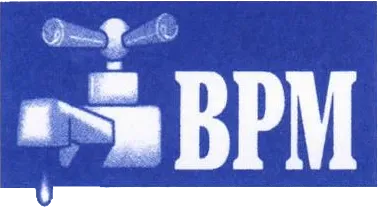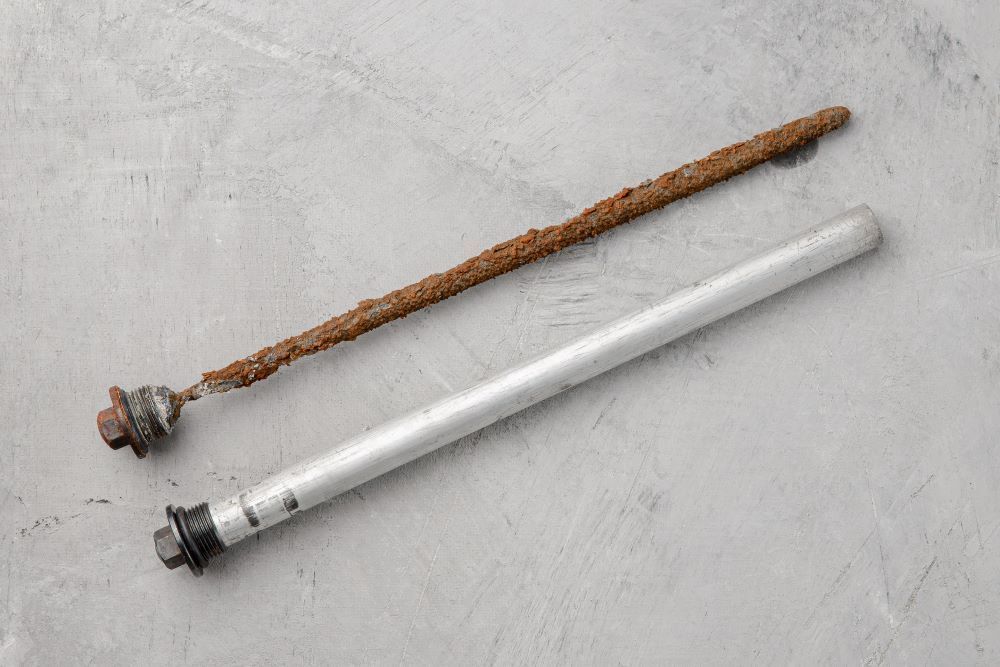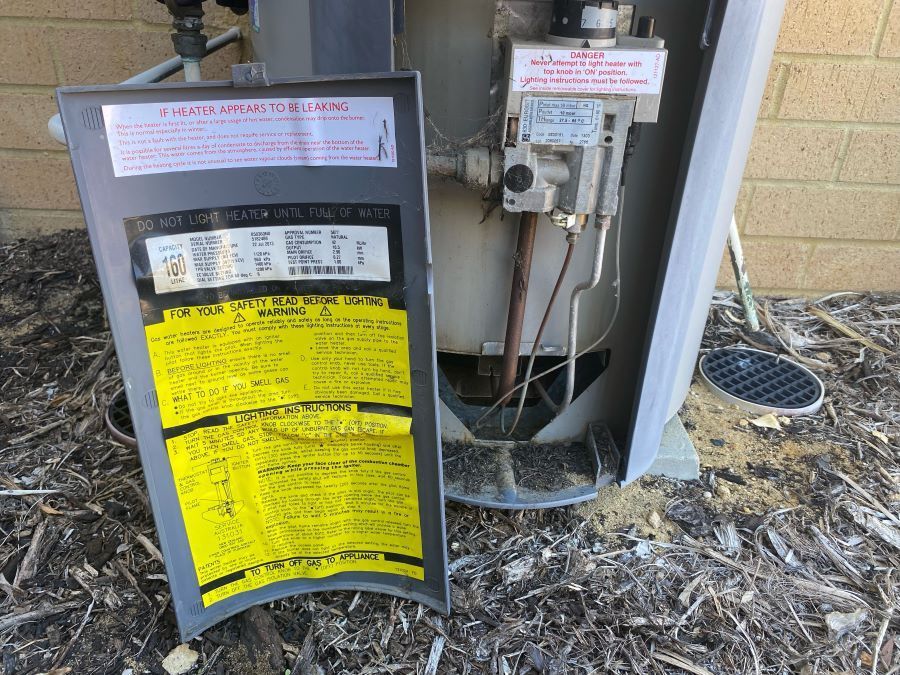Clearing Sewer Lines & Blocked Drains From Tree Roots
In the world of plumbing and sewer maintenance, one of the most challenging issues that professionals face is the removal of root obstructions from sewer main lines. Traditional methods often fall short in effectively addressing these problems. However, hydro jetting is a great solution, offering efficiency and thoroughness in root removal. This article explains the hydrojetting process, showcasing its effectiveness through a detailed account of a real-world application.
The Hydro Jetting Process Explained
Hydro jetting is a method that uses high-pressure water to clean and clear out obstructions within sewer lines. Unlike traditional rooting methods that rely on mechanical cutting, hydro jetting provides a powerful and less invasive way to remove blockages, including stubborn roots that have invaded sewer lines. The process not only cuts through roots but also thoroughly cleans the inner walls of the pipes, removing grease, debris, and build-up that can contribute to future clogs.
Using Hydrojet for Drain Cleaning and Root Removal
A recent operation detailed the efficiency of hydro jetting in tackling root obstructions. The process began with a preliminary camera inspection to locate the root mass within the sewer line. This initial step is crucial for assessing the extent of the obstruction and planning the hydro jetting strategy.
- Initial Inspection: A CCTV camera inspection is initially conducted to locate the root obstruction within the sewer line.
- Hydro-jetting Process Begins: A hydro-jet hose is inserted into the sewer line to address the obstruction. This is followed closely by a camera to monitor the process and ensure the hydro-jet is effectively targeting the roots.
- Root Removal: The hydro-jet, with high-pressure water, starts working on the root cluster, aiming to sever the main root connection obstructing the sewer line. This process is monitored and guided by the camera view.
- Detaching the Root Cluster: The root cluster is detached from the sewer walls. The operators attempt to blast it further down the line using the hydro-jet.
- Additional Inspection and Jetting: Despite initial successes, further inspection may reveal more root clusters and possibly broken pieces of pipe down the line. The hydro-jet is used again to address these additional problems.
- Final Stages: As the procedure nears completion, the camera will show if the major root clogs have been removed or if there are some roots remaining. Operators may sometimes see a "belly" in the pipe, indicating a sagging or low section where water and debris can accumulate.
- Conclusion and Cleanup: The hydro-jet and camera work together to flush out the detached roots and clear the line. The final inspection reveals a significantly cleared sewer line, with the remaining loose roots expected to be flushed out upon completion.
- Advantages of Hydro-jetting: The process highlights the effectiveness of hydro-jetting over traditional rooter methods that use cutting blades. It emphasises the importance of using a camera in conjunction with the hydro-jet to ensure thorough cleaning and to monitor the process for any additional issues.
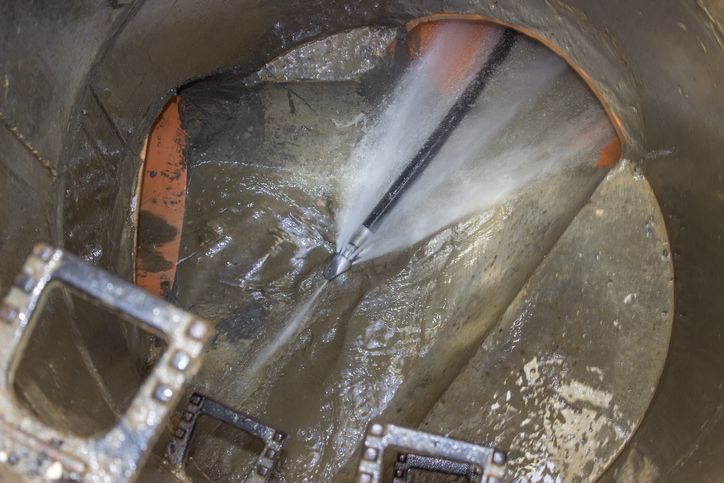
Does Hydro Jetting Work for Root Removal?
The above process highlighted several key benefits of hydro jetting over traditional methods.
- Effectiveness: Hydro jetting can cut through dense root masses, clearing them from the sewer line.
- Thoroughness: Besides removing roots, hydro jetting cleans the pipe walls, reducing the likelihood of future obstructions.
- Real-Time Monitoring: Cameras alongside hydro jetting allow operators to monitor the cleaning process, adjust tactics as needed, and ensure that no areas are missed.
The described process explained how a sewer line is cleared of root obstructions. Loose roots were flushed out, and the line was left in a much better condition than before. This real-world application underscores hydrojetting's role as a critical tool in the plumbing industry, particularly for challenging tasks like root removal.
In conclusion, hydro jetting presents a highly effective and efficient solution for dealing with root invasions in sewer lines. Its ability to not only remove roots but also clean the pipes makes it a preferred choice for plumbing professionals. As demonstrated, the combination of hydro jetting and camera inspection ensures that sewer lines are thoroughly cleared, offering a long-term solution to root-related plumbing issues.
Frequently Asked Questions
-
Is Hydro Jetting better than snaking for roots?
Hydro jetting is generally more effective than snaking for removing roots from sewer lines due to its ability to thoroughly clean the inside of pipes and remove root masses with high-pressure water. While hydro jetting provides a more long-term solution by delaying root regrowth and keeping pipes cleaner, snaking is a less invasive method that offers a temporary fix by breaking through obstructions without fully removing them. Although hydro jetting can be more costly upfront, its long-term effectiveness may render it more cost-effective over time, especially in preventing quick re-blockages. However, the condition of the sewer pipes should be carefully considered, as hydro jetting's high pressure might not be suitable for older or damaged pipes. In summary, for root removal in sewer lines, hydro jetting is preferred for its comprehensive cleaning and long-lasting results, whereas snaking is more suited for quick, temporary relief from blockages.
-
Can hydro jetting damage pipes?
Hydro jetting can potentially damage pipes if not executed correctly, especially in older or fragile pipes made from materials like clay or cast iron. The risk of damage is influenced by the condition of the pipes, the pressure settings used, and the expertise of the operator. High-pressure water streams, if applied with incorrect pressure or without proper assessment of the pipe's condition, can lead to cracks or breaks. Therefore, it's crucial to conduct a pre-inspection with a camera to determine the pipes' state and tailor the hydro jetting process accordingly. Employing a professional with the right experience and knowledge ensures that the procedure is safe and effective, minimising the risk of damage to the pipes.
-
How much hydro jetting cost?
The cost of hydro jetting services may vary depending on the provider and the specific services required. For residential applications, the cost ranges from $600 to $1,300, while for commercial services, it can be anywhere between $500 to $2,500. This cost includes labour, equipment fees, and GST, with terms and conditions applied. Hydro jetting is an effective method for clearing persistent blockages caused by grease, fat, stubborn build-ups, and tree roots, ensuring a healthy pipe system. The process involves using high-pressure water to break apart and clear build-ups in pipes, making it a powerful solution for maintaining pipe health and preventing future blockages.
If you are considering hydro jetting in Adelaide, contact Best Plumbing Maintenance to get accurate and up-to-date pricing information and to discuss the specifics of your plumbing issue.
-
What area do you service?
Our plumbing service covers the entire Adelaide area, and we are ready to dispatch a technician ASAP to address your plumbing needs. As a family-owned business, we pride ourselves on offering competitive pricing without the high costs associated with larger companies. Our approach is always fair and transparent, focusing on delivering quality service without overcharging. We're committed to meeting the needs of our customers and offer discounts, special offers, and tailored quotes to suit individual requirements. Whether you're facing an emergency plumbing issue or need routine maintenance, our team is equipped to handle jobs of all sizes throughout Adelaide. Contact us to learn more about our services and how we can assist you with your plumbing needs.
Other plumbing articles
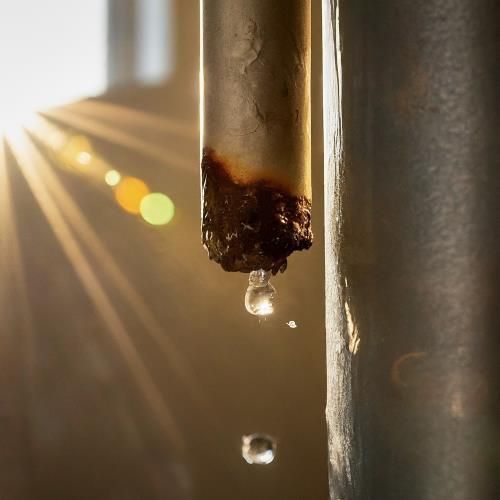
CONTACT
Phone:
Mobile:
Email:
Serving Greater Adelaide, SA 5000
-> Service Area
Business Address:
14 Gaelic Ave, HOLDEN HILL, SA 5088
